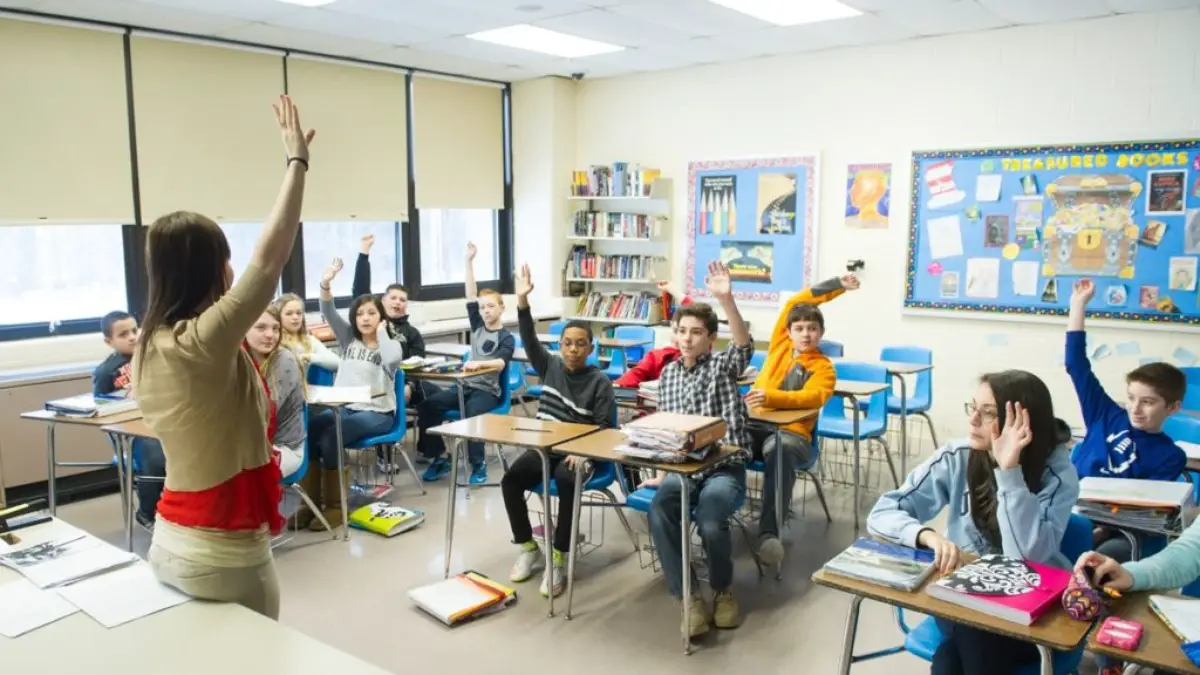The metaverse is a 3D virtual world that combines elements of online gaming, social media, virtual reality (VR), and augmented reality (AR) to create a virtual environment for user interaction. It is a persistent, always-on, real-time ecosystem that overcomes geographical boundaries to provide valuable services to users. With online learning becoming more common, particularly after the pandemic, the education sector primarily focused on incorporating immersive technologies into academic curricula to make learning fun and engaging. The metaverse is one such focus for educators all over the world. It aims to immerse students in an immersive experience in which they can engage in fun activities, making learning more enjoyable. We will discuss ten benefits of the metaverse in education.
1. Enhance Student’s Performance
Virtual training is an effective way of visually demonstrating concepts and illustrating tasks with step-by-step instructions. They provide opportunities for hands-on learning. Games can boost learning participation. Morehouse College in Atlanta has piloted a metaverse that includes world history, biology, and chemistry. The use of virtual reality classes increased student satisfaction, engagement, achievement, and academic performance compared to traditional and online formats.
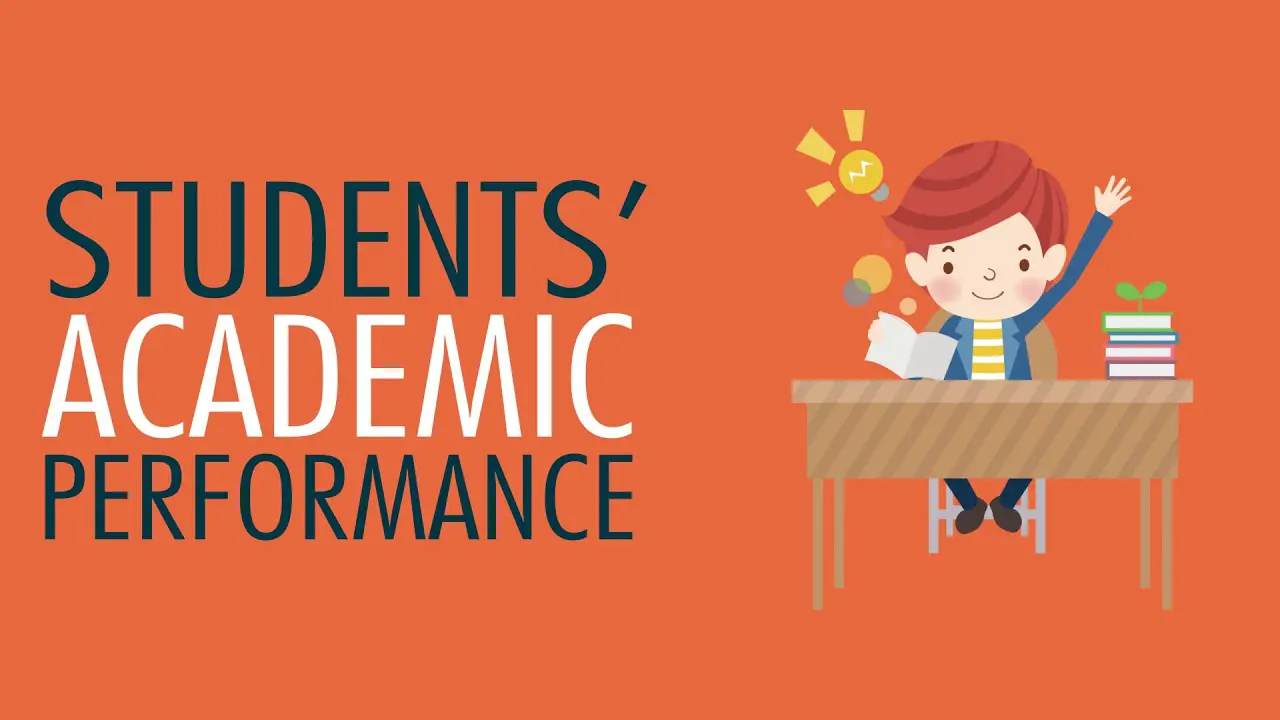
2. Enhance Real-World Skills
Real-world scenarios and high-pressure situations within the metaverse offer experiential, embodied skilling opportunities. A well-designed VR experience combines data science with spatial design to improve learner engagement, confidence, and application.
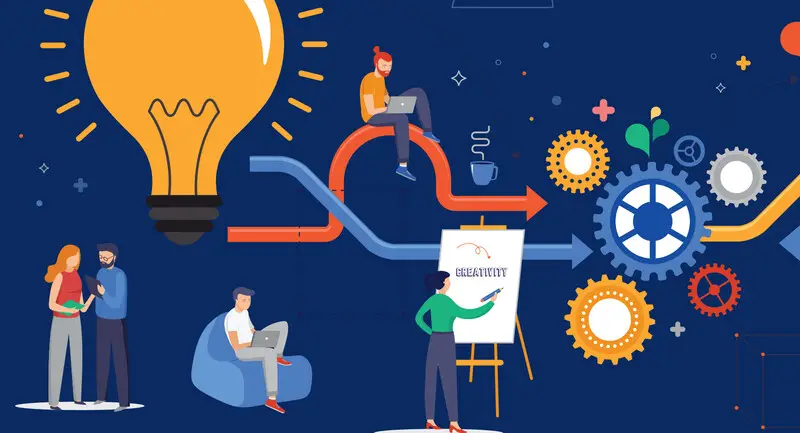
3. Virtual 3D Classroom
With the rise of online schools and colleges, students noticed a disparity between immersive physical and virtual classrooms. The metaverse can bridge this gap by allowing students to virtually meet and interact with their classmates and teachers in 3D virtual classrooms. Students from any geographical location can participate in this metaverse-powered learning environment and go far beyond what a physical classroom can offer.

4. Affordable Educational Resources
Colleges are underfunded and lack access to necessary learning resources. The metaverse can assist the university in overcoming such limitations. Fisk University in Nashville, Tennessee, has not purchased cadavers due to high costs and maintenance issues. The university is expanding its pre-med program with virtual reality cadavers are a less expensive option.

5. Build Human Capabilities In Interpersonal Or Difficult Situations
Soft skills training for employees, such as communication, leadership, listening, and empathy, is challenging to measure and achieve. The metaverse facilitates it by immersing learners in real-world conflicts and allowing them to practice soft skills, such as having sensitive or difficult conversations with employees or customers, in a safe environment.

6. Bringing Awareness
It is possible to use the metaverse in classrooms to raise awareness of social issues such as famine, pollution, and climate change to awaken children’s humanitarian interests. Students, for example, could be shown a documentary about famine in Somalia or poverty in Burundi to understand how it affects the people who live there. Such a teaching approach provides students with theoretical knowledge and a deep emotional understanding of what is happening around them.

7. Makes Virtual Interactions More Like Real Ones
The internet works well for sending PDFs, emails, and spreadsheets from one device to another for independent and asynchronous review or modification. A large number of participants was not possible with this system, especially one-on-one live and interactive experiences. Using metaverse technology, some universities overcome the limitations of the internet and video meeting tools. Metaverse-related technologies allow people to interact more naturally, bridging the gap between real-life and virtual interactions.

8. Improve Accessibility For People With Disabilities
The metaverse has the potential to improve educational and social opportunities for people with disabilities. An immersive environment, for example, allows young adults with special needs, autism, and social interaction issues to improve their interpersonal and job skills through activities such as visiting a mall or grocery store, shelving products at a store, or loading goods into a truck. Through VR apps, they can practice skills and interact with others in a safe environment without feeling overwhelmed or anxious.
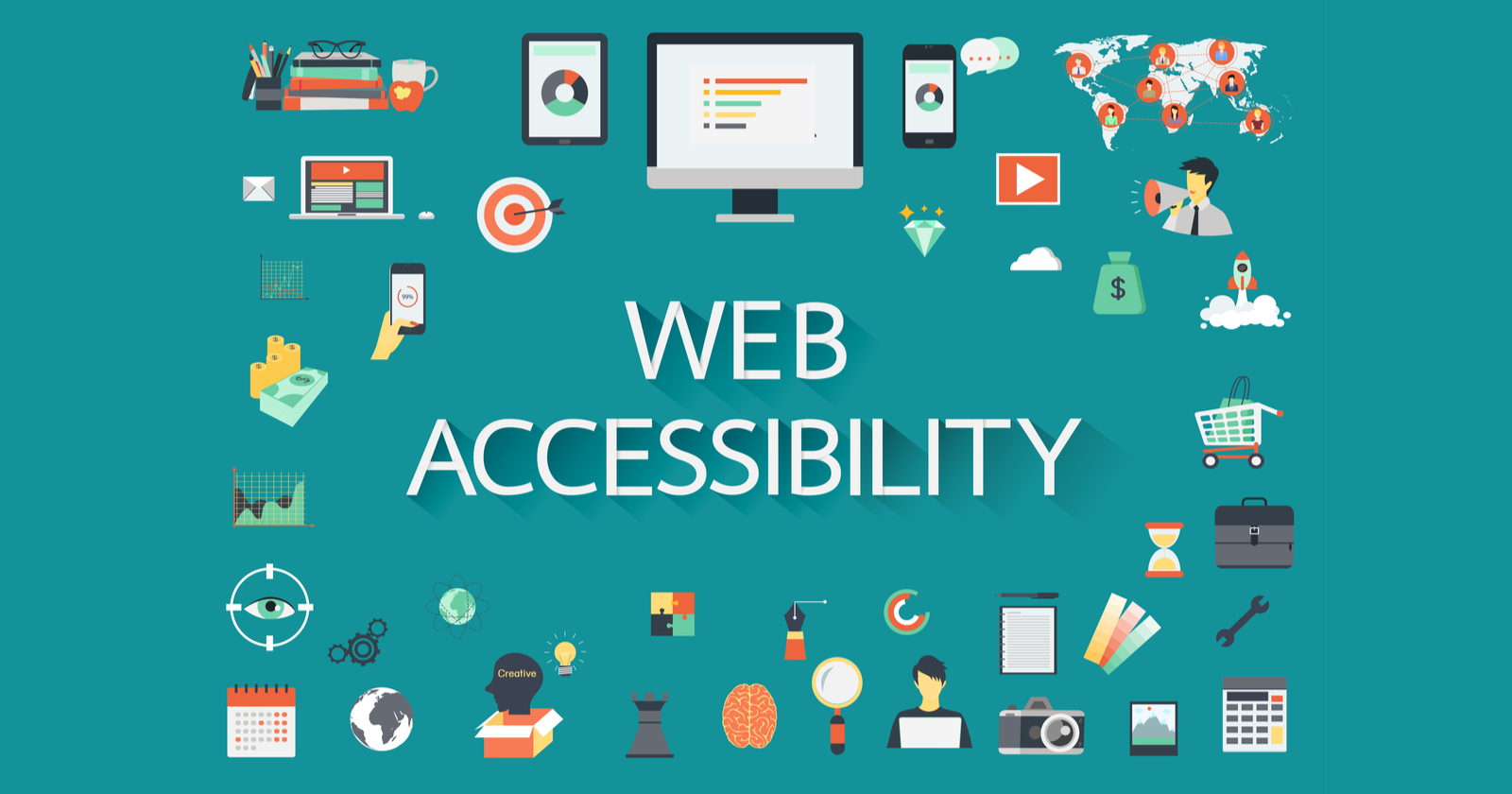
9. Events And People
Educators can invite prominent figures or people of wisdom and knowledge from the virtual world of the metaverse to share their life experiences with students. They can participate in symposiums, conferences, and lectures. Various events, such as exhibitions and festivals, can also be held to help them refresh their minds.
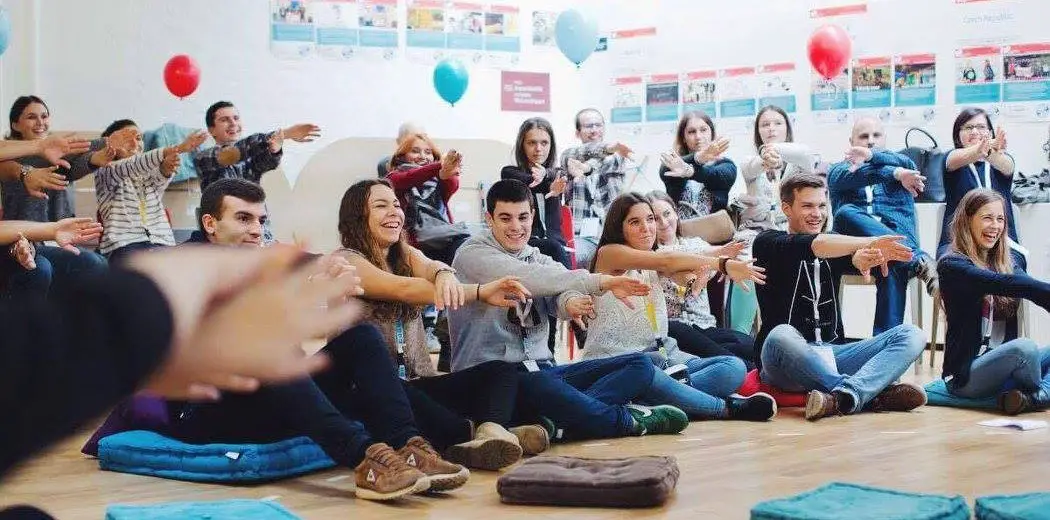
10. Enables Experimentation With Hard-To-Create Phenomena
Learning in real-world situations, such as chemical experiments and flying airplanes, can be dangerous in some cases. In such cases, specialized equipment such as virtual reality headsets, software, and haptic gloves can create immersive simulations of real-world environments. Learners believe that the digital world exists. By using these technologies, we can create scenarios that are impractical or impossible to create in real life.
